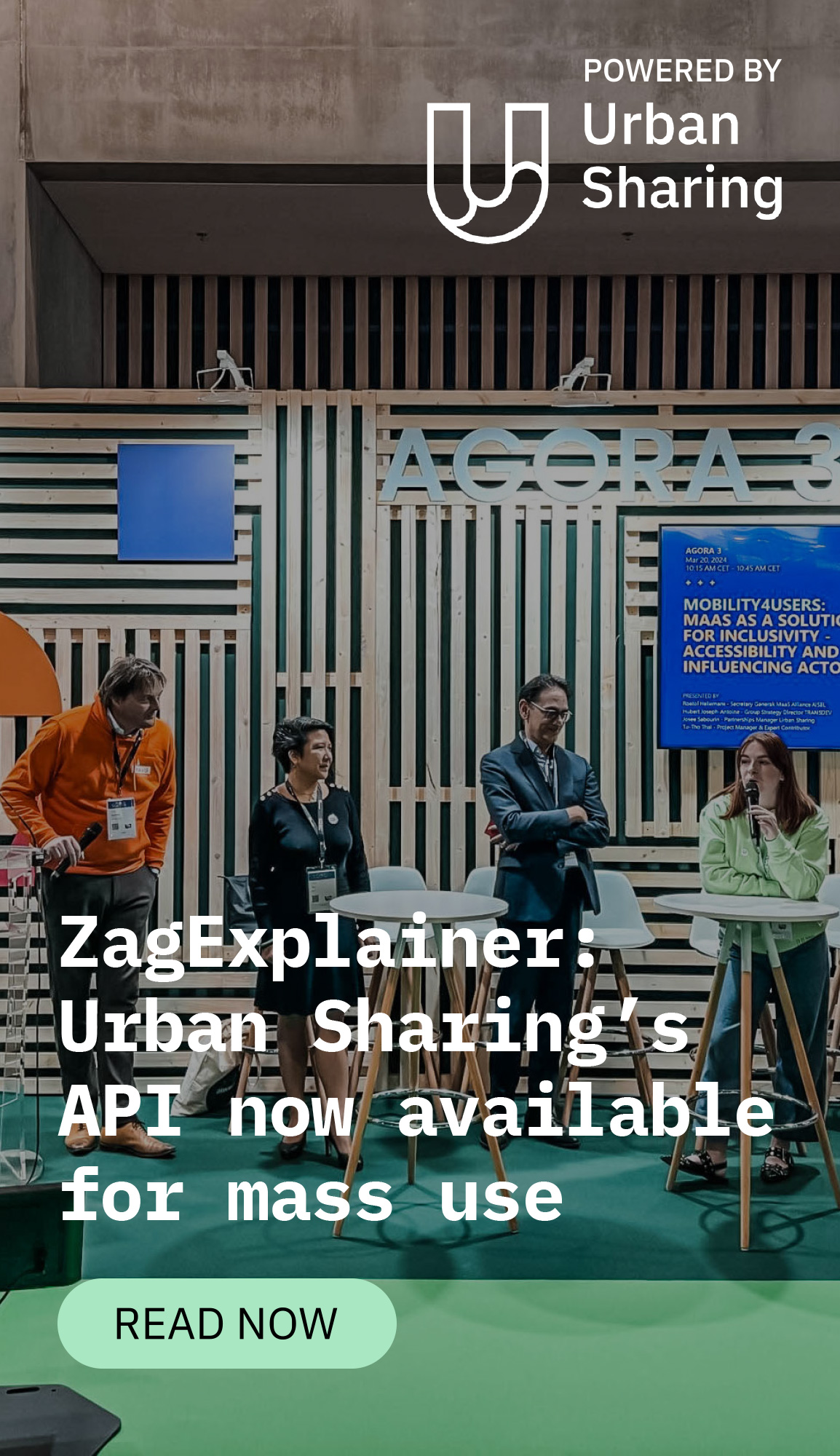Author: Celeste Brown, Policy & Partnerships Manager at Veo, a US shared micromobility operator
When micromobility first sprang up in 2017, many fleets were deployed on the streets without permission or community involvement.
Communities in the US just went to bed one night and woke up to scooters on their sidewalks. They weren’t asked, informed, or included in the process.
At Veo, we’ve chosen a different path. By always securing city approval and working to engage with communities before launching, we have set ourselves apart in an industry where many operators struggled or exited. This commitment to being a good partner has made Veo a leader in driving community-centered micromobility.
Here I share our five strategies for micromobility providers to center communities in their work.
We start by listening
Communities are essential collaborators for any program we launch. Over the past year, we’ve connected with more than 50 nonprofits to shape our approach. We start by meeting people where they are, asking about their unique experiences and needs, rather than trying to sell them our services.
Our priority is to proactively connect with communities before developing and deploying programs – at a stage when their input can shape the outcomes. By engaging early on, Veo is able to develop programs to truly support our communities – whether that’s by supporting existing advocacy efforts led by local leaders, working to support cities’ goals for infrastructure improvements, or investing in organizations focused on equity and accessibility.
Go beyond outreach to create community collaborations
Putting communities first to us means building long-term partnerships that support thriving, connected neighborhoods. Rather than simply donating money, we spend time on the ground and invest thoughtfully in ways that benefit the many, not just a few.
In Santa Monica, for example, Veo partnered with a nonprofit supporting people experiencing homelessness, providing e-bikes at no cost to help their outreach team connect with clients more effectively. Inspired by this success, we are now working with organizations in other markets to offer our vehicles to social workers, helping them reach clients more easily and affordably.
In Seattle, we conducted focus groups to explore ways to increase micromobility access for underrepresented groups, such as seniors and people with disabilities. A significant portion of our project budget was dedicated to compensating partner organizations and participants for their time and insights. This approach not only strengthened relationships with community leaders but also ensured that our programs reflect the voices and needs of the people we serve.
Get out of the transportation silo
Transportation doesn’t exist in a vacuum – it’s deeply connected to healthcare access, housing, workforce growth, and economic stability.
That’s why we build relationships with diverse local groups – not only transportation authorities but also healthcare and housing organizations, recognising that all are interconnected in meeting local needs. If people can’t get to work or access groceries, communities are not thriving. It’s these kinds of partnerships that are reshaping perceptions of micromobility, helping communities rethink who micromobility is for. When we help seniors get to the doctor, or social workers reach their clients, we’re leveraging micromobility to improve lives.
Be open minded and adaptable
Veo’s commitment to community-centered design means staying open to feedback and continuously evolving our vehicles to meet rider needs. We don’t pretend to assume what communities need or want. Instead, we collaborate directly with and alongside them.
For instance, the prototype of our new trike, scheduled for release in 2025, is being developed in close collaboration with community members. After consulting with senior riders, disability rights advocates, and other community representatives, Veo is adjusting the trike’s design to include more features that enhance comfort and accessibility, such as a longer footboard. These conversations remain ongoing, aiming to set a new standard for inclusive micromobility.
Think long-term
Micromobility operators should look beyond market entry and focus on integrating into communities for the long term. It’s not just the right thing to do; the industry’s success is tied to our ability to build genuine, lasting partnerships that create space to proactively support community needs.
Communities can see through those whose engagement is transactional, and it undermines companies’ credibility. This is partially why many micromobility companies have had challenges with long-term viability.
The bottom line is: you’re more successful when you care.
Building teams that are invested in social impact is key. It makes a big difference when you hire people who actually give a damn. That’s why it’s crucial to hire staff with experience in community organizing and the public sector, because true community engagement requires care, patience, and the ability to challenge traditional corporate structures.
Across the industry, true community engagement is essential for our longevity and takes time and effort to get right. We all have a long way to go, but should remain steadfast in our commitment. A community-first approach isn’t just good for business – it’s the future of responsible micromobility.
What’s next
Looking ahead, I am excited to build deeper community partnerships and see programs come to life. I envision a future where micromobility becomes a trusted and accessible option for everyone – including seniors and people with disabilities. This future will require more accessible vehicle types, improved bike infrastructure, and collaborative work on behalf of micromobility operators and communities to redefine who micromobility is “for.”
The micromobility industry was born without community involvement, but it cannot evolve without it. We can only thrive if we put our communities’ needs first and understand what truly makes an impact, otherwise operators will become obsolete.











